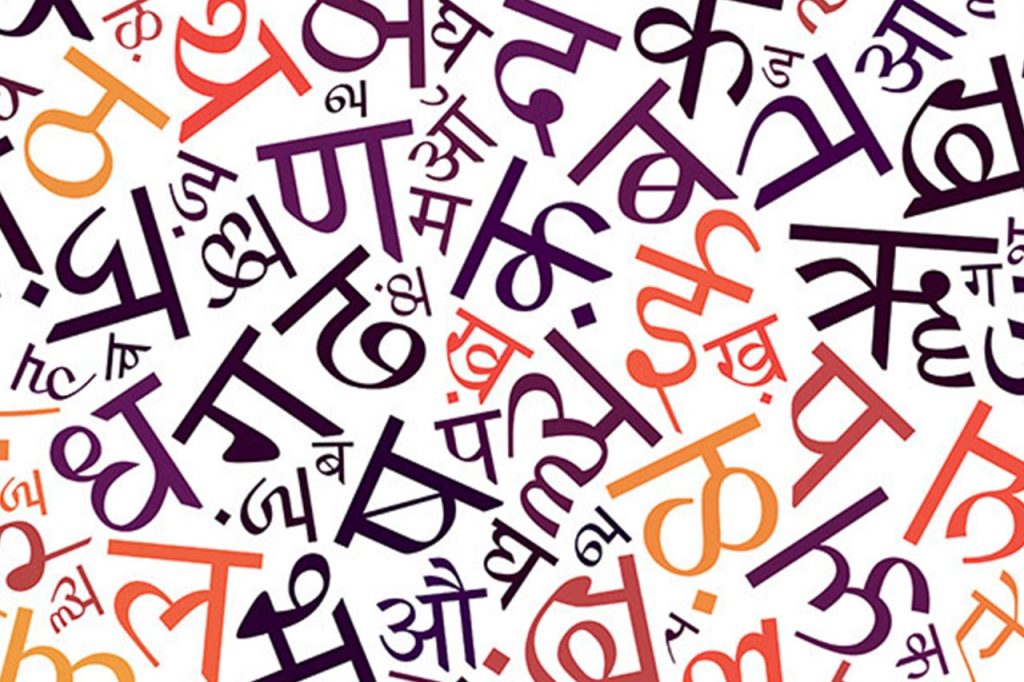One is reminded of a recent incident where a train accident was just about averted near Chennai. Later reports said, very innocuously, that the problem could have arisen out of miscommunication due to language disparity. Thereafter, the Southern Railway headquarters issued a communiqué directing that all future communications must be done in English. Keeping this small but deadly incident in mind, one can easily understand why there is intense opposition to the imposition of Hindi in Tamil Nadu. The newly sworn in Modi government, in one of its very first moves, has made public the Centre’s Draft Education Plan. In this policy document that had been initially brought in towards the end of the first Modi phase, it is recommended a Three Language Formula must be followed across the country.
In this 3 Language Formula, the idea has been floated that apart from a schoolgoing child’s mother language, English and Hindi must be made compulsory. There, of course, is no doubt that a supple mind of childhood can pick up languages easily. Yet, this policy is flawed even at a very superficial level. While children in Odisha, Andhra, Tamil Nadu, Kerala and even Maharashtra and Gujarat would be forced to study Hindi, the question arises as to what would be the third language in Hindi speaking states of North and Central India. Apart from many other arguments, this one point not only shows clear imposition of Hindi on non-Hindi speakers but also creates tremendous disadvantages for children who normally do not use Hindi at home.
Admittedly, the not-so educated semi-urban Oriya youth have happily taken to Hindi and use it among themselves. Sadly, they do not realise that if they have to migrate to North India for education or jobs, all this Hindi blabbering with friends will be of no use for them. Oriyas have a unique pronunciation of Hindi which would make them stand out as non-Hindi speakers amongst true Hindi speakers. Added to this is the inability of Oriyas to differentiate on the gender of verbs which is inherent in Hindi. It may be noted that verbs in Oriya are not gender specific.
It should be acknowledged that India’s greatest beauty lies in its diversity. Although it is now incorrect to say ‘Kashmir to Kanyakumari India is One’, the only bond between all the varied languages, customs, food habits, clothing and above all caste and religion is the nation’s tolerance for diversity. Lately, that very essence of Indianness is under severe attack. While the massive victory of the BJP in the Hindi belt has given them a large number of Lok Sabha seats, the non-Hindi areas of the country have remained comparatively aloof. This demonstrates the differences of India that should be respected and preserved. Unfortunately, the present political dispensation believes in having one colour, one religion, one language. That alone will make their life easy for furthering whatever it is that they want to force down the gullets of India. This kind of compulsion has the ability to force the country to disintegrate.
